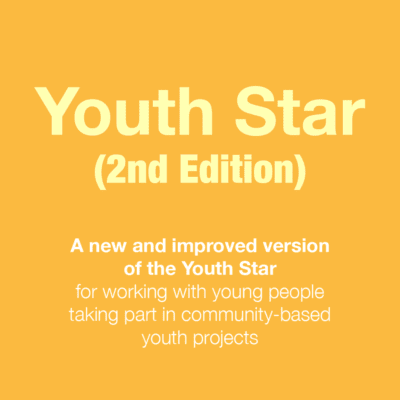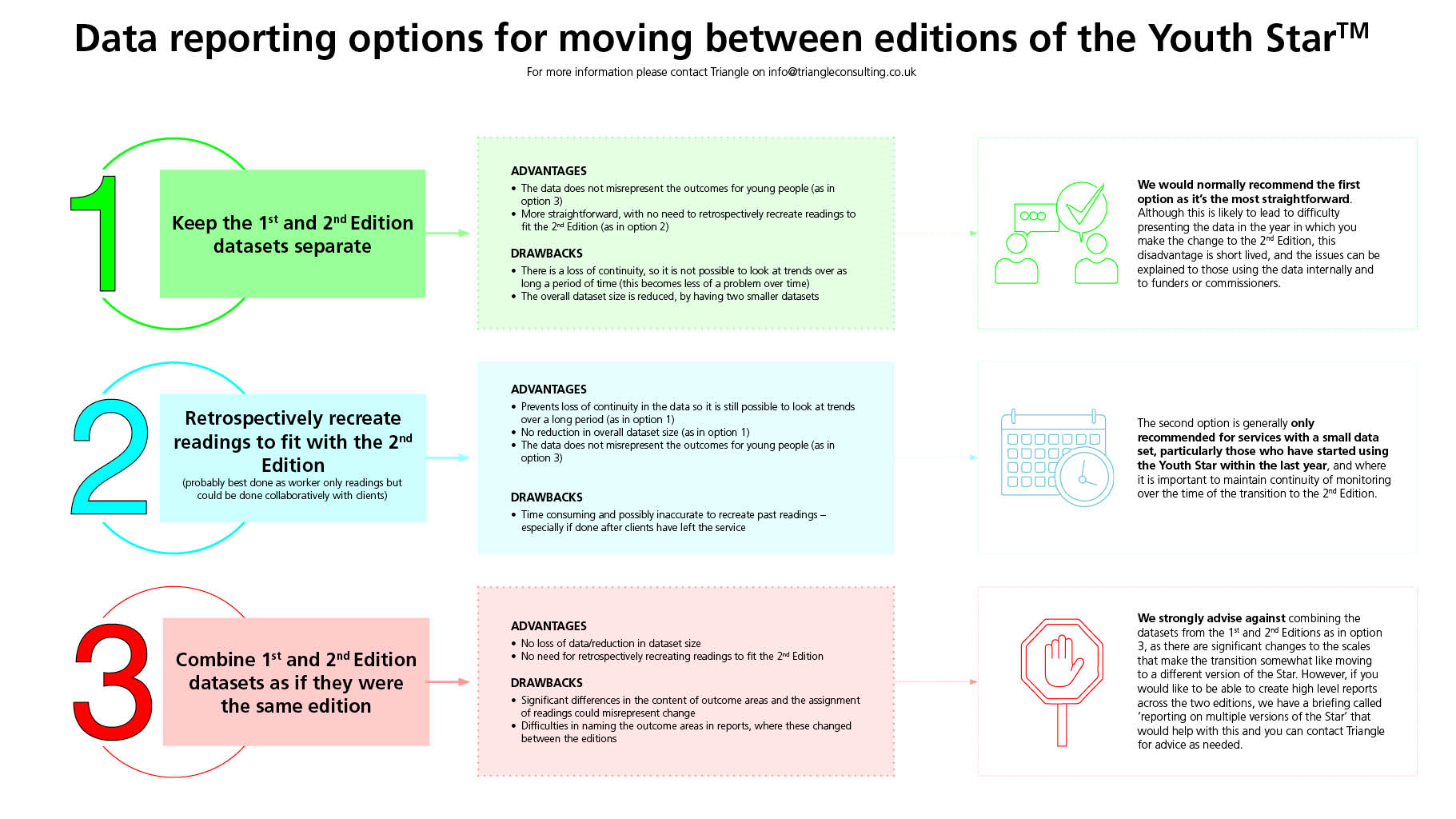I’m Jim Borland, the Implementation Lead for Triangle in Scotland and it was my privilege to attend the recent Scottish Parliamentary Reception event hosted by Oxfam, promoting a new campaign ‘A Scotland that cares’.
The campaign is focused on why making a commitment to valuing and investing in care within the National Performance Framework is so vital to drive progress towards a Scotland that cares. The campaign has been launched to coincide with the first review of the National Outcomes framework in five years. It sets out the argument that to build a fairer and more resilient country, the Scottish government must set a National Outcome for Scotland to fully value and invest in all forms of care and all those who provide it. Too many carers face deep personal and financial costs, including poverty. With the cost-of-living crisis deepening pressures on those who rely on or provide care are increasing. Only once this standard exists, can we then all work together to create positive change for society.
A New National Outcome on Care
The campaign has created a blueprint for a new National Outcome on Care, but it requires public support and the political will to change the current situation and work towards improving the situation for those who experience and provide care across Scotland.
The event was organised by Oxfam Scotland and sponsored by Karen Adam, MSP for Banffshire and Buchan Coast. There were approximately 60 attendees’ from interested agencies, including staff from some of the 55 organisations that currently support the campaign. These included Carers Scotland, Carers Trust, One Parent Families Scotland and Scottish Care, as well as a variety of MSPs from constituencies across Scotland. I am proud to say that Triangle is also one of the supporting organisations.
Support the campaign
Jamie Livingston, the head of Oxfam Scotland opened the event describing his lived experience of caring for his sister who died after battling cancer. He highlighted the practical issues facing those requiring care and those providing it, but also the issues for the carers once their caring role ends. He talked about his sister’s determination to be active in improving the situation. Highlighting her efforts of contacting, all the political leaders in Scotland to raise awareness of the lack of support for all those needing and providing care. He has taken his sisters positive action through to this campaign. Whilst many current Scottish political parties already support future change, there is an opportunity for everyone, especially those who experience care and those who provide it to add their voice to the call by taking action via the campaign website: https://ascotlandthatcares.org.
Karen Adam MSP, then highlighted her own lived experience of being a carer, outlining the need for financial support and appropriate resources being made available to help individuals being cared for or fulfilling the very difficult carer’s role itself. She highlighted the need for the carers voice to be heard, valued and rewarded for the work that they do.
Jamie Livingston provided background information on the campaign, which started in 2021 during the Covid-19 pandemic. At the time, it was clear those being cared for, and their carers were excluded from many aspects of the pandemic recovery plans. This was highlighted by the fact care and carers are invisible in all 11 Scottish National Performance framework outcome indicators.
Together with several partner agencies, the drive to change started with the intention to ensure a permanence to investment in the caring role. Together with the development and publication of policy via a new National Outcome on Care. Working in conjunction with the University of the West of Scotland (UWS) the partnership developed a blueprint for a new National Outcome. It is hoped to be the basis for potential care indicators specifically linked to carers and the caring role in Scotland. Jamie also highlighted the upcoming consultation phase of the Scottish Government’s review of National Standards and urged individuals and organisations alike to be involved in this consultation and support change to the National Outcomes.
Seven new national indicators have been identified to measure progress:
- The quality of life of carers, care workers and those experiencing care;
- The quality of care for all;
- The financial wellbeing of carers, care workers and those experiencing care;
- The voice and influence of carers, care workers and those experiencing care;
- Access to education and training;
- The adequacy of funding for care;
- The job quality of social care and childcare workers
Oxfam Scotland: “We want Scotland to fully value and invest in those experiencing care and all those providing it because… Scotland’s one million unpaid carers are the bedrock of health and social care, without whom the care system would collapse. Despite saving Scotland £10.9 billion each year, too often they experience poverty, loss of employment and ill health simply because they care. This must change!”
Satwat Rahman, CEO of One Parent Families Scotland, outlined the importance of this work, and why her organisation has been involved since its inception. Introducing four panel speakers, all with similar negative lived experience of the current support available. These experiences included:
- The view that the carers’ role is predominately valued and seen as a priority only by family members, peers and caring services. General opinion was that there was little, or no value put on this role by external services, including education, employment, and financial services.
- There was an expectation from external agencies that carers should ‘know what to do’, without any support.
- Very limited support available for young carers, especially in the areas of education and finance – thus the carer’s own life and dreams have to be put on hold and suffer whilst they fulfil their caring role.
- An overly complicated benefits system, which was off-putting to a lot of carers.
- A lack of resources for those requiring care, or respite for the carers themselves. Demonstrating the need for infrastructure improvements in care provision as one size doesn’t fit all.
Consequently, the need for recognition around the importance of the carers role was emphasised. Increased and appropriate funding for carers and carers services is needed, to assist carers to provide support and ensure the person requiring care is treated appropriately and with dignity.
Karen Hedge, deputy CEO of Scottish Care concluded the presentations highlighting the view that carers were seen as ‘Cinderella’ within Social Care services, and much more is required to support these individuals. She further emphasised the need for proper policy and legislation which in turn would require achievements to be measured to ensure compliance. Only then would Scotland be able to demonstrate we are a nation that cares.
I found all the personal stories and experiences very moving, particularly from the four panel members sharing their ‘lived’ experience.
As an organisation, Triangle is not directly involved in supporting individuals. We develop Outcomes Star’s for organisations who provide support to individuals in a wide range of social provision settings, including carers. The Carers Star was developed in partnership with the Social Enterprise in East Lothian (SEEL), The Carers Trust and funding from the Scottish Government. It provides a robust framework to assist practitioners work together with carers to help optimise the quality of their lives and assist them in their caring role.
We often discuss the importance of enabling and empowering people by being person-centred and strengths-based and this Star will assist in identifying a carers strengths and challenges to identify support needs to improve the carers situation. However, as highlighted by most of the speakers, the current apathy towards the carer’s role and lack of resources and finance available to support this role directly impacts what is achievable by a person or supporting organisation.
The culture around current care services in Scotland requires change if Scotland is to demonstrate that it values and invests in all individuals experiencing or providing care.
The event gave me plenty to think about and I am personally committed along with my colleagues within Triangle to support this campaign and I would urge anyone reading this post to add their voice to the campaign.
Support the campaign
Please visit the campaign website: https://ascotlandthatcares.org and sign up to the campaign to create change for this vital cohort of our society. Everyone will need to be cared for at some point in their life: as a child, in later life, or due to additional support needs. If you receive care or are a carer yourself, please let our political leaders know why valuing and investing in care matters to you.
Further information
If you would like further information about the Carers Star, please email us at info@triangleconsulting.co.uk
Stay updated
You can subscribe to our newsletter to receive updates directly to your inbox, so there is no need to keep checking for new blogs.






 “I’m a project worker for
“I’m a project worker for